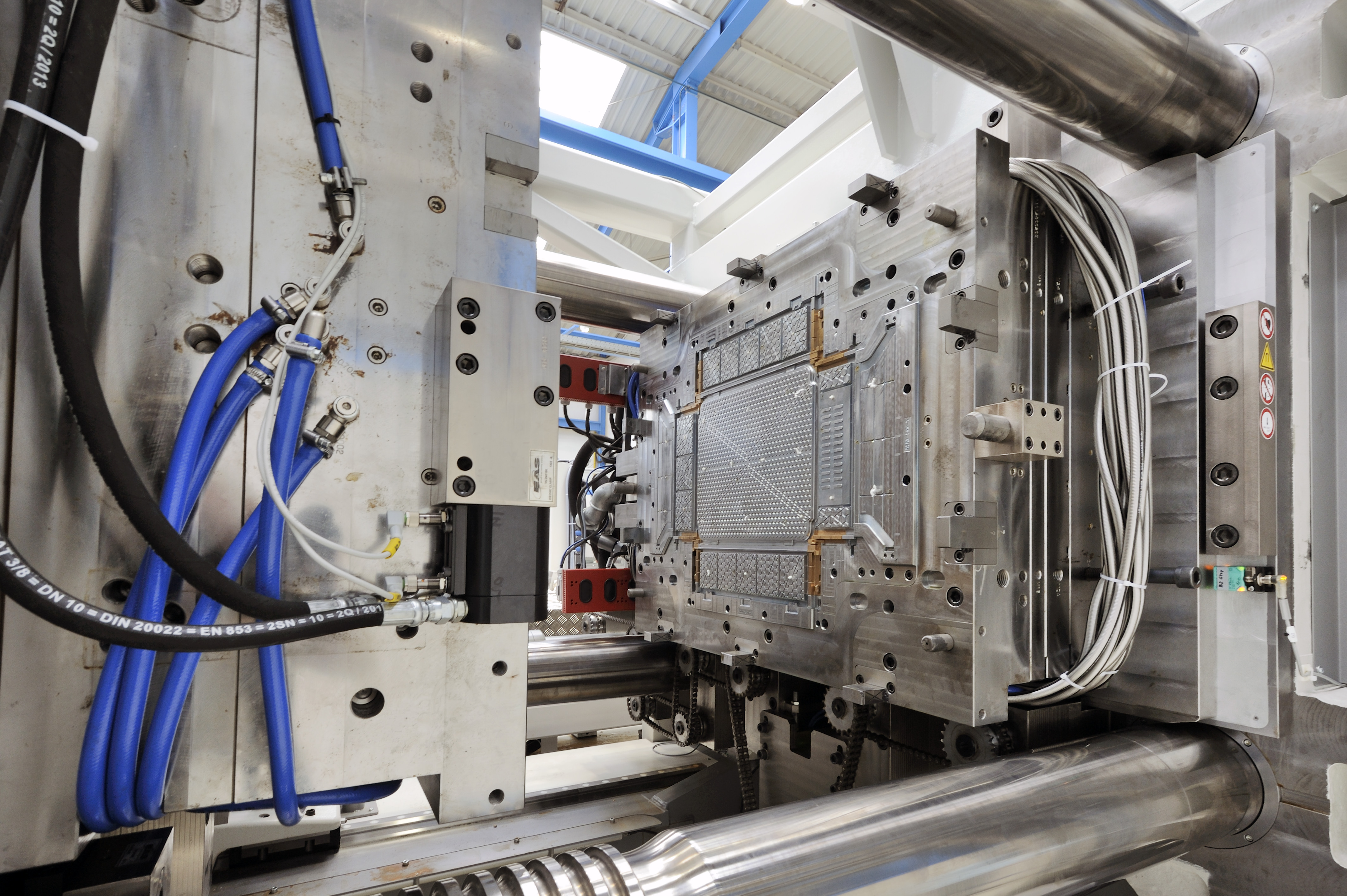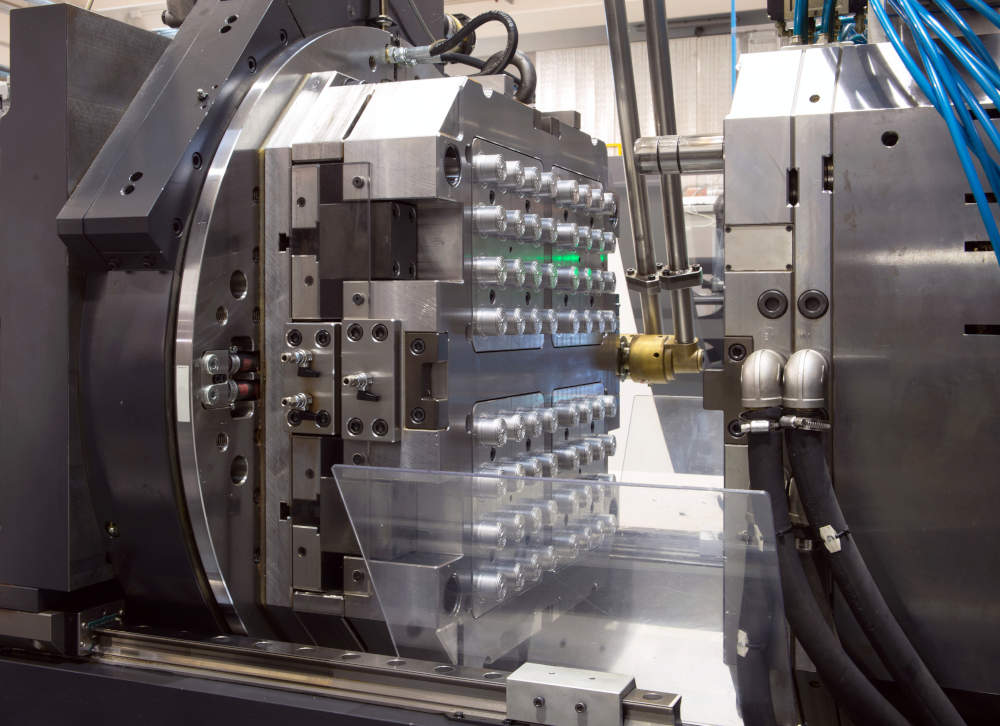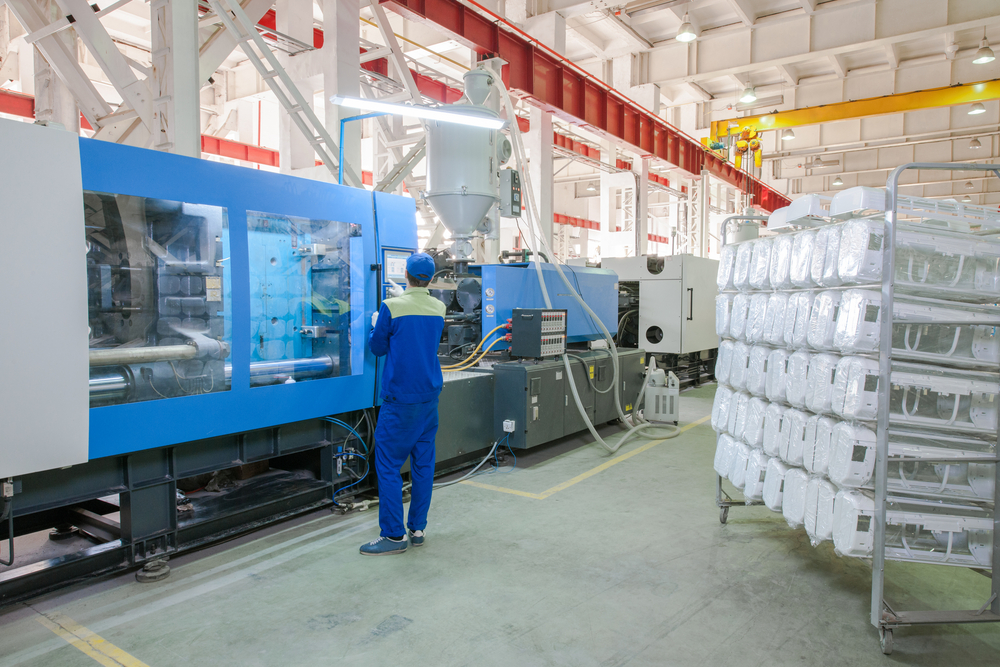Plastic Injection Molding: A Comprehensive Guide to Modern Manufacturing Techniques
Wiki Article
Comprehending the Basics of Plastic Injection Molding Procedures
Plastic injection molding functions as a cornerstone of modern manufacturing, providing a methodical method to creating complicated parts with accuracy. This process not just includes the fundamental actions of melting and injecting materials into molds however additionally includes a nuanced understanding of numerous affecting variables, such as temperature level and stress. As sectors increasingly require effectiveness and quality, the ins and outs of this methodology end up being more crucial. Discovering these necessary elements might expose exactly how even minor changes can bring about substantial renovations in manufacturing end results, elevating inquiries about the capacity for advancement in this well established procedure.What Is Plastic Injection Molding?
Plastic shot molding is an extensively used manufacturing procedure that changes thermoplastic and thermosetting materials right into specific and complicated forms. This method is favored for its capacity to produce high quantities of the same get rid of outstanding accuracy, making it a vital method in different industries, including auto, consumer items, and medical gadgets.
The procedure includes thawing the chosen plastic material and infusing it right into a mold under high stress. The mold and mildew, developed to the specifications of the preferred component, permits the liquified plastic to take shape as it solidifies and cools. As soon as the product has hardened, the mold is opened up, and the finished element is expelled.
Plastic shot molding supplies several advantages, consisting of lowered waste, consistency in production, and the capability to integrate complex layouts that might be testing with various other making methods. Additionally, it supports a broad variety of materials, each offering distinct residential or commercial properties that can be tailored for particular applications. As markets continue to innovate, plastic injection molding remains at the forefront, enabling the development of advanced products that fulfill advancing customer needs.
The Shot Molding Process
The injection molding procedure is a sophisticated technique that involves numerous vital phases to create top notch plastic parts. Plastic pellets are fed into a warmed barrel where they are thawed right into a viscous fluid. This molten plastic is then infused under high pressure right into a precision-engineered mold, which forms the product into the desired type.As soon as the mold and mildew is filled up, the plastic is allowed to solidify and cool, taking the form of the mold cavity. Air conditioning time is critical, as it influences the cycle time and the last residential properties of the molded component. After adequate cooling, the mold and mildew opens, and the ended up element is ejected utilizing ejector pins.

Materials Utilized in Injection Molding
Different materials can be utilized in the injection molding process, each offering unique homes that accommodate certain applications. The most frequently Homepage utilized materials include thermoplastics, thermosetting plastics, and elastomers.
Thermosetting plastics, like epoxy and phenolic materials, undertake a chemical change throughout the healing process, causing a rigid, inflexible framework. These products are optimal for applications calling for high heat resistance and structural honesty, frequently utilized in vehicle components and electric insulators.
Elastomers, consisting of silicone and rubber-based materials, provide flexibility and resilience. Their one-of-a-kind residential properties make them appropriate for applications that demand flexibility, such as website link gaskets and seals.
In addition, specialized materials like bio-based plastics and compounds are obtaining traction for their environmental advantages and enhanced performance attributes, widening the extent of shot molding applications in various industries. Comprehending the buildings of these products is crucial for selecting the suitable type for certain jobs.
Benefits of Shot Molding
Injection molding stands apart as an extremely efficient manufacturing process that offers numerous advantages for producing intricate components with accuracy. Among the most considerable benefits is the ability to develop detailed styles that would be difficult or tough to accomplish with other methods (Plastic Injection Molding). The procedure permits tight tolerances and thorough features, ensuring premium componentsAdditionally, shot molding is understood for its rapid production capacities, making it an excellent selection for high-volume manufacturing. As soon as the mold is created, components can be produced promptly, minimizing lead times and increasing general productivity. This performance not only lowers manufacturing costs however also gives a competitive side out there.
The flexibility of products used in shot molding further boosts its appeal. A large range of thermoplastics and thermosetting polymers can be employed, enabling suppliers to Discover More choose products that best fulfill their specific demands, consisting of flexibility, stamina, and warmth resistance.
Moreover, the process lessens waste, as excess product can usually be recycled and reused. This sustainability aspect adds to a lowered ecological effect, making shot molding a liable manufacturing choice. Generally, the benefits of injection molding make it a preferred approach for numerous markets.
Aspects Influencing Item Quality
While various elements can influence product high quality in shot molding, comprehending these components is critical for achieving optimal results. Key aspects include material selection, processing parameters, and mold and mildew layout.Product option plays an essential duty, as various polymers show one-of-a-kind properties that affect flowability, strength, and thermal security. Poor product option can result in problems such as warping or incomplete dental filling.
Handling specifications, including temperature level, cycle, and stress time, have to be meticulously regulated. Variations in these setups can lead to inconsistencies in component measurements and surface coating. For circumstances, excessively high temperatures might trigger degradation of the polymer, while poor pressure can cause brief shots.
Mold layout is similarly important, as it establishes the flow of the molten plastic and the cooling procedure. Improperly designed mold and mildews may bring about unequal cooling prices, resulting in recurring tensions and dimensional errors.

Final Thought
To conclude, plastic shot molding functions as a vital manufacturing procedure that makes it possible for the reliable production of top notch parts. Proficiency of the shot molding process, including the understanding of materials and the impact of different aspects on product high quality, is vital for accomplishing optimal results. The benefits of this technique, such as cost-effectiveness and style flexibility, further emphasize its value throughout several industries, strengthening its condition as a favored choice for high-volume manufacturing.Plastic shot molding serves as a keystone of contemporary manufacturing, providing a systematic technique to producing intricate elements with precision.Plastic shot molding provides several benefits, including lowered waste, uniformity in production, and the capacity to incorporate detailed styles that may be testing with other making techniques (Plastic Injection Molding). As industries proceed to innovate, plastic shot molding remains at the center, enabling the growth of advanced items that meet advancing consumer demands
The injection molding procedure is a sophisticated method that involves several vital stages to generate premium plastic components.In final thought, plastic injection molding serves as an essential manufacturing procedure that makes it possible for the reliable production of high-grade components.
Report this wiki page